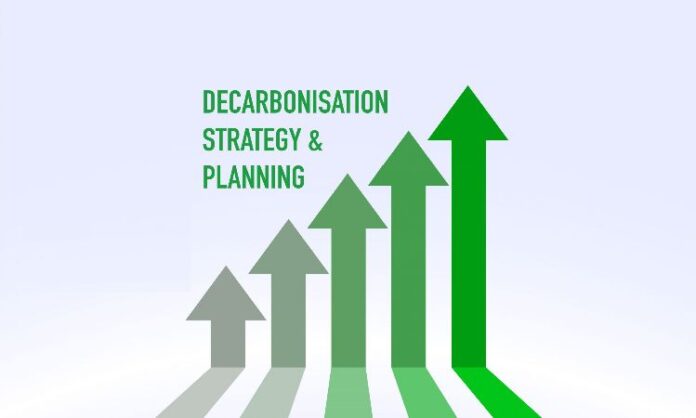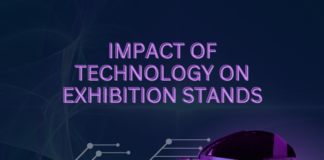The race to achieve net-zero emissions is not a distant goal. It is a priority for most of the governments, businesses and communities. Organizations in most industries are under a lot of pressure to cut carbon emissions while maintaining growth and efficiency. This is where a decarbonization service will play a transformative role. Such a service can help enterprises navigate the journey toward sustainability through the use of technology and innovation.
Why Decarbonization Matters?
As global climate intensifies, extreme weather events and rise in sea levels increase regulatory pressure on businesses. This creates risks and opportunities and makes the goal of net zero, a business imperative in our times. Companies that do not act, risk goodwill, penalties and a loss of competitiveness. On the other hand, those who go for a structured decarbonization roadmap will unlock savings, market opportunities and stakeholder trust.
Core Strategies for Decarbonization
Energy Efficiency and Optimization
The first step to achieve net zero is to reduce energy waste. Intelligent building management systems, AI-driven energy analytics and IoT sensors enable companies to closely look at their consumption in real-time and reduce emissions. The decarbonization service begins with an energy audit, which identifies areas for improvement.
Renewable Energy Adoption
Businesses should switch from fossil fuels to renewable energy sources. Sources such as solar, wind and green hydrogen. Many organizations are also opting for power purchase agreements (PPAs) or are investing in renewable installations.
Electrification of Transport and Operations
Transportation is still one of the most significant sources of emissions. Electrifying company fleets, logistics operations and even industrial processes reduces carbon intensity. Total cost of ownership goes down as AI accelerates the transition to smart charging infrastructure, vehicle-to-grid technology, and predictive maintenance.
Carbon Capture, Utilization and Storage (CCUS)
For industries where it is difficult to eliminate, such as steel, cement, or chemicals, CCUS offers a practical solution. Modern carbon capture technology is very scalable. Captured CO2 is normally reused in products or stored safely underground.
Digital Innovation and Data-Driven Decisions
Cloud platforms, AI and blockchains redefine decarbonization. Companies, now, can use digital dashboards to track progress against net-zero targets. Simultaneously, blockchain can also ensure transparent carbon credit trading. ML models are also great when it comes to forecasting demand, optimizing the integration of renewable energy sources and minimizing waste.
The Role of Decarbonization Services
While individual strategies work well, an integrated approach requires a lot of expertise. A professional decarbonization service provides tailored solutions which are the best. It assesses an organization’s carbon footprint, sets realistic milestones that one can achieve and deploys the right technologies. This helps ensure compliance with new regulations. More importantly, it translates sustainability goals into objective measurable ROI.
Decarbonization is a continuous process of innovation and adaptation. As technology continues to advance, opportunities specifically for automation, predictive intelligence and green financing will further accelerate and help businesses in the transition to net zero carbon emission. Companies that partner with trusted decarbonization service providers like Ingenero will meet regulatory requirements and secure a competitive advantage in a carbon-constrained world.










